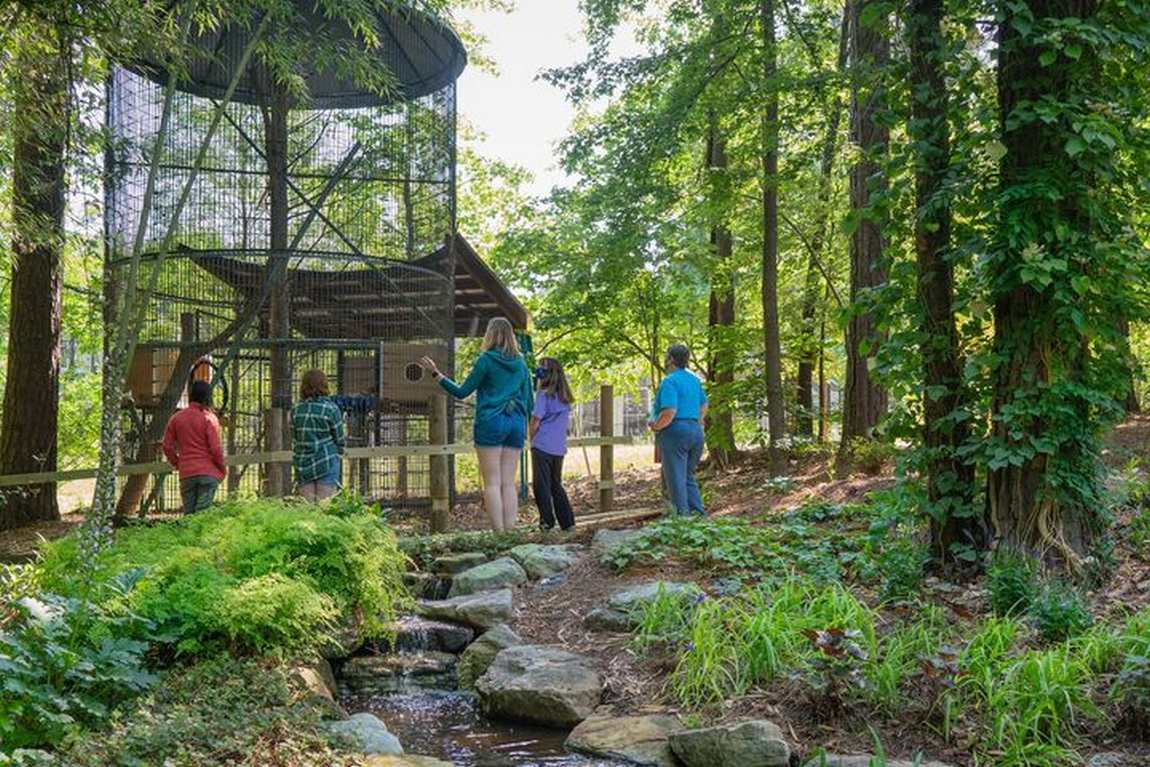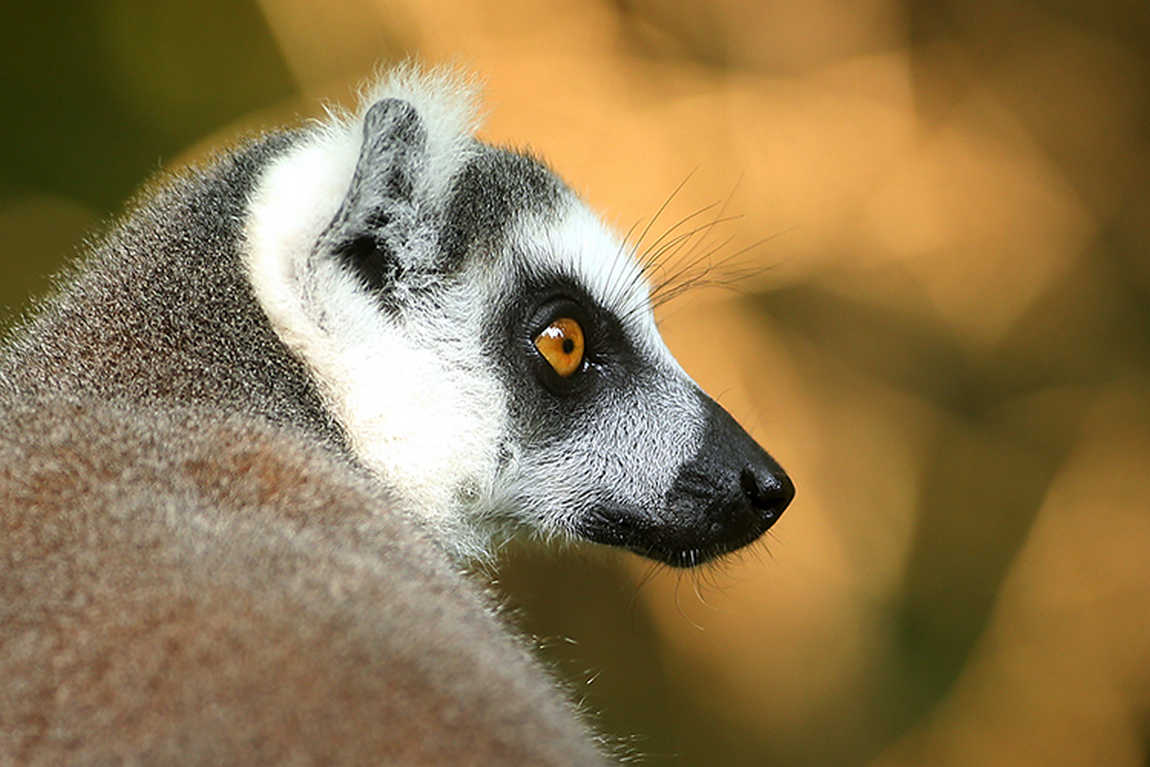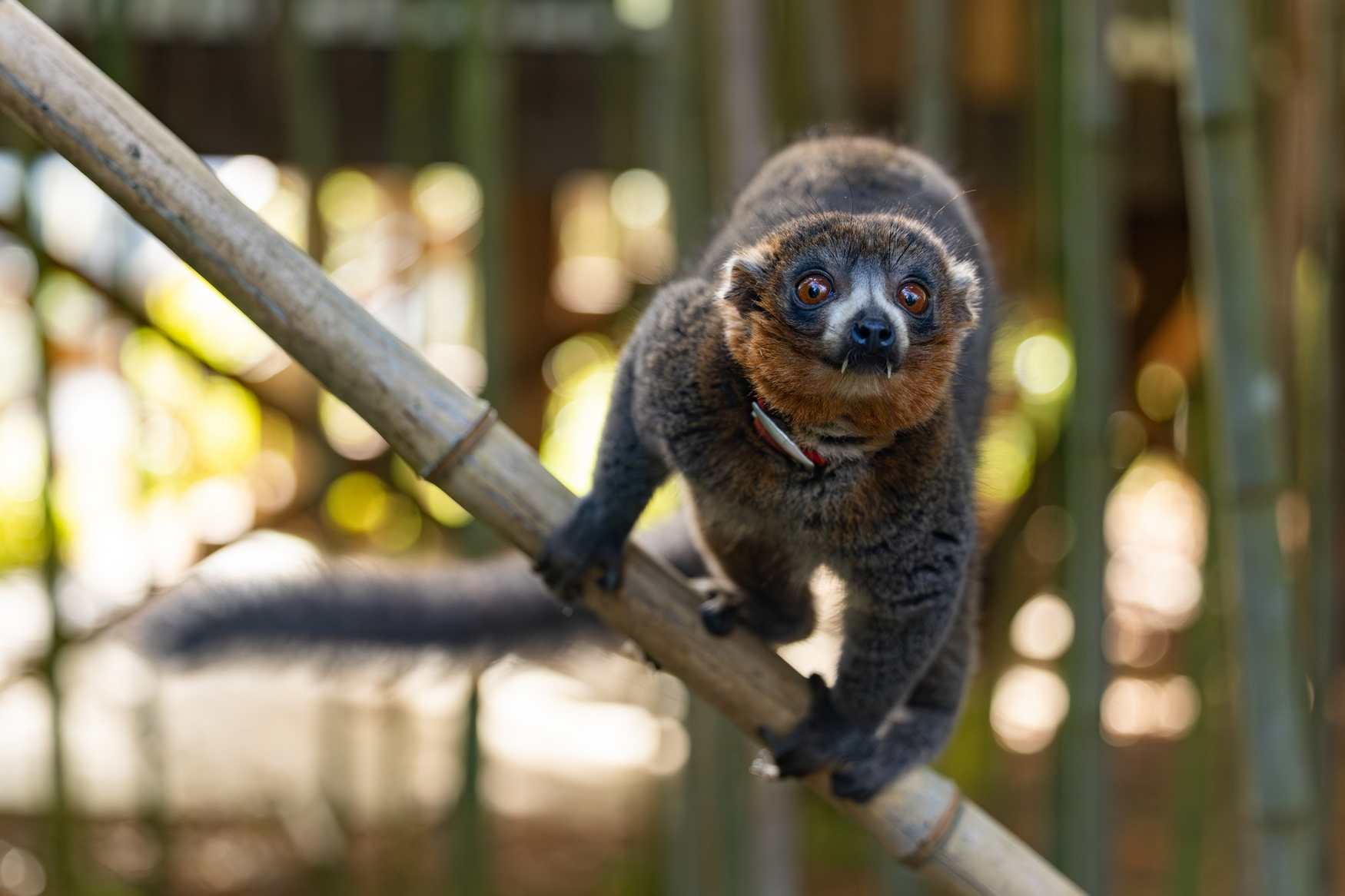The Duke Lemur Center, nestled in the lush expanse of Duke Forest in Durham, North Carolina, is a sanctuary dedicated to studying and preserving lemurs, lorises, and bush babies. Established in 1966, this remarkable center is home to over 200 lemurs across 14 species, making it the largest collection of these unique primates outside Madagascar. The center’s mission is to promote research and understanding of prosimians, offering an engaging experience for families and wildlife enthusiasts. Visitors can explore its pioneering conservation programs and educational tours, which provide insights into the lives of these fascinating creatures.
The center also plays a crucial role in global conservation efforts, working tirelessly to protect lemurs, the world's most endangered mammals. With its commitment to non-invasive research and public outreach, the Duke Lemur Center is not just a place to observe these animals but a hub for learning and conservation. Whether you're a seasoned wildlife enthusiast or a curious newcomer, visiting here promises an unforgettable journey into the world of lemurs.
Highlights
- Largest Collection: Home to the most diverse population of lemurs outside Madagascar.
- Conservation Efforts: Pioneering programs in Madagascar to protect endangered species.
- Educational Tours: Offers unique experiences for families and school groups.
 Photo: https://lemur.duke.edu
Photo: https://lemur.duke.edu
Here is Why Your Kids Will Find it Interesting
The Duke Lemur Center is worth visiting with kids aged 5 and up. Young explorers will be enchanted by the playful antics of Coquerel’s sifaka and the mysterious aye-ayes. The interactive tours provide a fun and educational experience that sparks curiosity about wildlife conservation.
Family-Friendly Features
- Interactive Tours: Designed to engage children with hands-on learning experiences.
- Picnic Areas: Enjoy a family meal surrounded by nature.
- Gift Shop: Offers lemur-themed souvenirs for kids.
History and Background
The Duke Lemur Center was founded in 1966 when a prosimian colony from Yale University was relocated to Duke University. Its mission is to advance research on prosimians and their natural habitats while contributing to global biodiversity efforts. The center has grown significantly over the years, now housing over 200 individuals across various species. Notable achievements include the reintroduction program that began in 1997, which returned black-and-white ruffed lemurs to Madagascar's Betampona Natural Reserve.
Research and Conservation Efforts
The Duke Lemur Center is a "living laboratory" for non-invasive research on strepsirrhine primates. Collaborations with institutions like Yale University and the National Science Foundation have led to groundbreaking genetics, behavior, and cognition studies. The center's conservation programs focus on breeding endangered species and protecting habitats in Madagascar. These efforts are crucial for preserving lemurs, among the world's most endangered mammals.
Educational and Public Engagement
 Photo: https://lemur.duke.edu
Photo: https://lemur.duke.edu
The Duke Lemur Center offers many educational opportunities to engage families and school groups. Visitors can participate in various tours and workshops tailored to provide a deeper understanding of lemurs and their conservation. The center offers virtual tours for those unable to visit in person, allowing guests to experience the magic of lemurs from their homes. These online experiences include live-streamed tours where participants can interact with educators and ask questions in real time.
In addition to tours, the center hosts numerous events yearly to raise awareness about lemur conservation. These events are often designed to be interactive, providing hands-on learning experiences that are both fun and informative. Volunteer opportunities abound for community members who wish to contribute to conservation efforts directly. By engaging with the center's initiatives, volunteers support the care of these endangered animals and become ambassadors for wildlife conservation in their communities.
Species at the Duke Lemur Center
The Duke Lemur Center is home to an impressive variety of species, including some of the world's most iconic and rare lemurs. Among its residents are Coquerel’s sifaka, known for their remarkable leaping abilities, and the nocturnal aye-aye, famous for its large ears and continuously growing teeth. Each species plays a vital role in the center's ongoing research and conservation efforts.
The center's breeding programs are crucial for increasing population numbers and maintaining genetic diversity among these critically endangered species. Many lemurs housed at the center are part of these programs, which aim to ensure their survival in the wild. The DLC's efforts extend beyond its borders through its Madagascar Conservation Programs, which focus on habitat protection and community engagement in Madagascar, the native home of all lemur species.
Best Time to Visit
The ideal time to visit the Duke Lemur Center with children is during spring or fall when the weather is mild and pleasant. Tours are available on weekends from 10 a.m. to 12 p.m., providing ample opportunity for families to explore and learn about these fascinating creatures.
Recommended duration: about two hours, allowing enough time to enjoy all the center offers.
Our Resume
The Duke Lemur Center offers an unparalleled opportunity to learn about lemurs while supporting vital conservation efforts. Its engaging tours make it a perfect destination for families looking to combine education with adventure.





